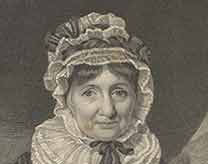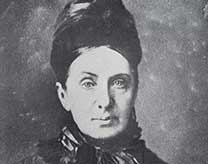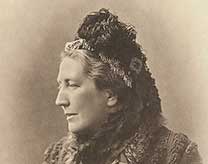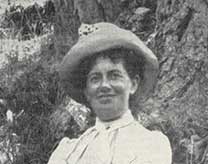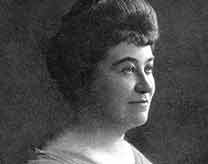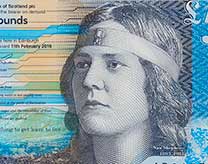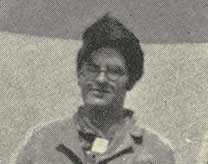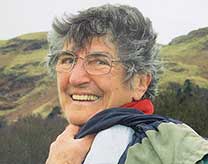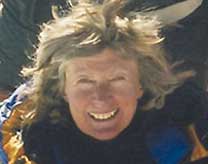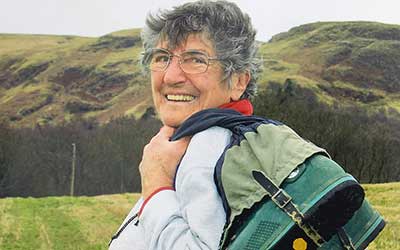By the time of the Himalayan expedition Evelyn had many years' experience of hillwalking, as well as rock and ice climbing in Scotland.
Setting a precedent
In common with most of their male contemporaries who went out to climb in the Himalaya, all three members of the expedition went there because they were keen mountaineers. Several women had already climbed in the Himalaya, but had done so as members of expeditions planned and led by men.
It wasn't until their own plans had begun to take shape that they realised the precedent they were setting by being the first all-female expedition. When they came around to the idea they would be pioneering in more than one sense, it seemed to them that this unique position would help them secure much needed funding. Many firms supplied the expedition with food and equipment either free or through special arrangements. People were genuinely interested in their venture.
In the post-war era, expeditions tended to take on a military style of leadership, as this was considered to guarantee a greater degree of success. Attempts to climb peaks over 8,000 meters were mostly done by large hierarchically organised teams with hundreds of hired porters to carry the necessary tons of provisions.
Even a small expedition by these standards still required a considerable amount of supplies and the women faced a daunting task to organise it all which took more than a year.
While they were successful in getting much of their food and kit donated, there were many other essential supplies to source, as well as preparations to be made.
Himalaya expedition doctor
A fully qualified obstetrician, Evelyn took time off from her busy schedule in a maternity hospital to go on the trip as the expedition doctor. She arranged for the party to have various injections and, with the help of doctors and pharmacists who had been to the area, she ordered the necessary drugs and medical equipment.
The expedition itself lasted three months, arriving at Kathmandu on 10 April 1955 and returning there on 1 June. It successfully explored and surveyed the previously unmapped Phurbal Chyachumbu glacier. It also made a first ascent of a 22,000 ft peak on the frontier of Nepal and Tibet, naming it 'Gyalgen Peak' after the expedition's lead Sherpa.
Being the first all-women expedition to the Himalayas, it attracted a considerable amount of press interest. The women were asked what was it that induced them to give up their jobs and families, endure extreme physical discomfort and possibly risk their lives. Monica provided an answer when she said: 'I think that we, in common with most mountaineers who go to climb in the Himalaya, went there on a sort of pilgrimage.'
Back in Scotland, Evelyn married and returned to her role as on obstetrician in Edinburgh. She went on to have three children. While she no longer climbs as high or as extensively as she used to, she still attends meets with her old Glasgow University climbing club friends to enjoy easier strolls through the Scottish hills.
Evelyn McNicol

